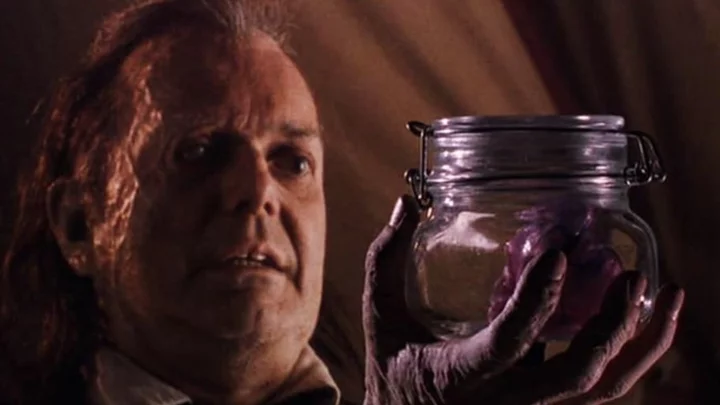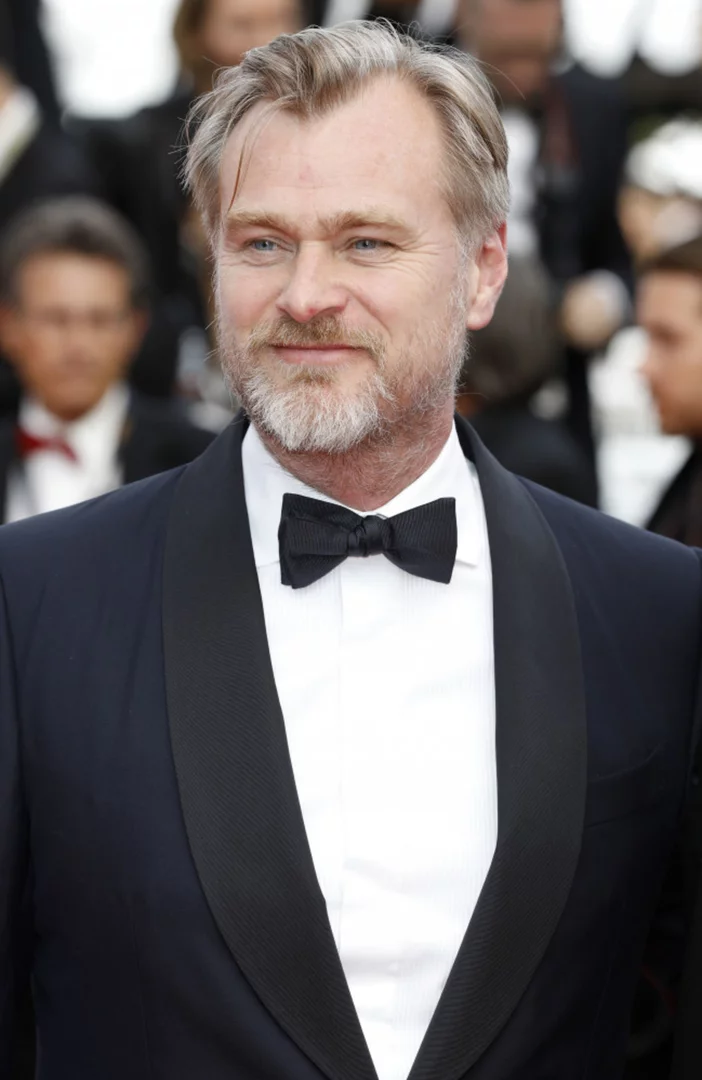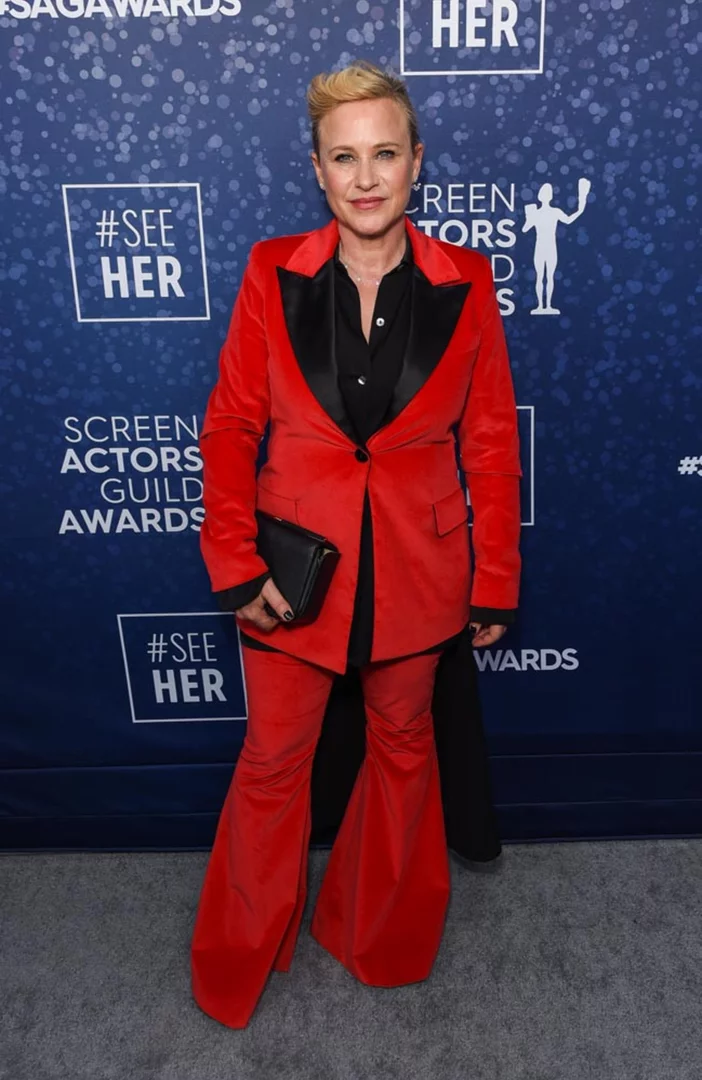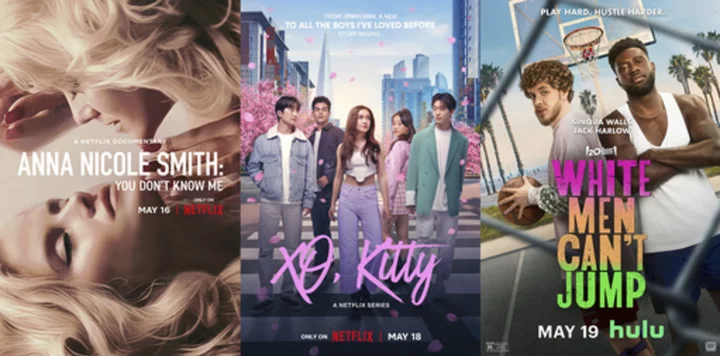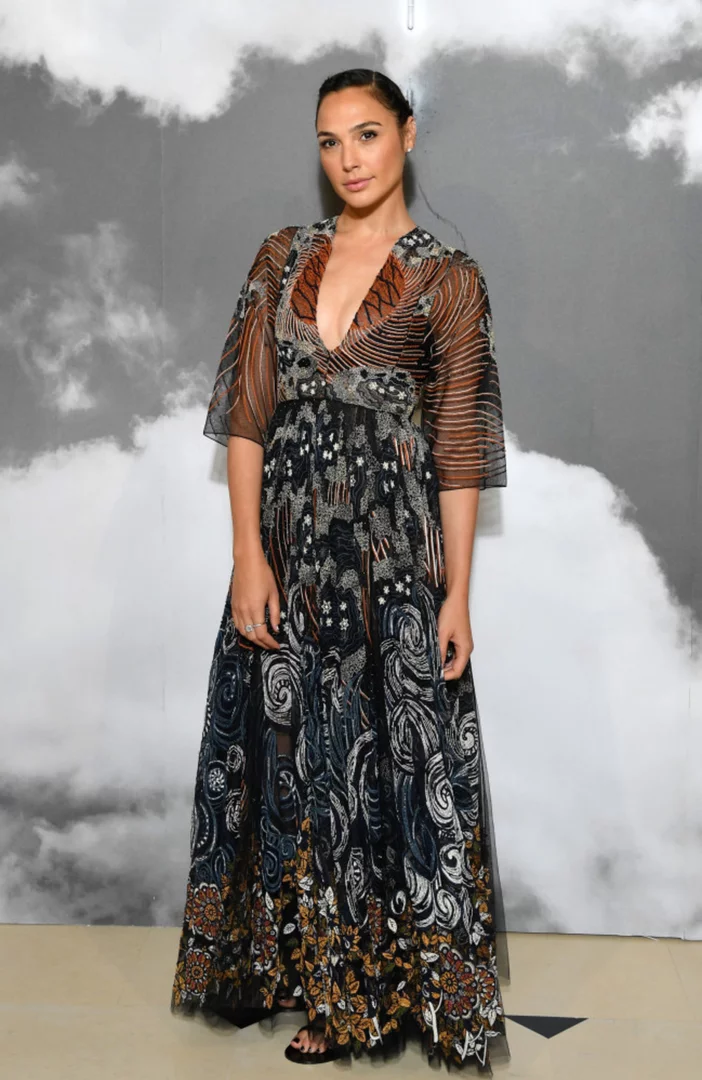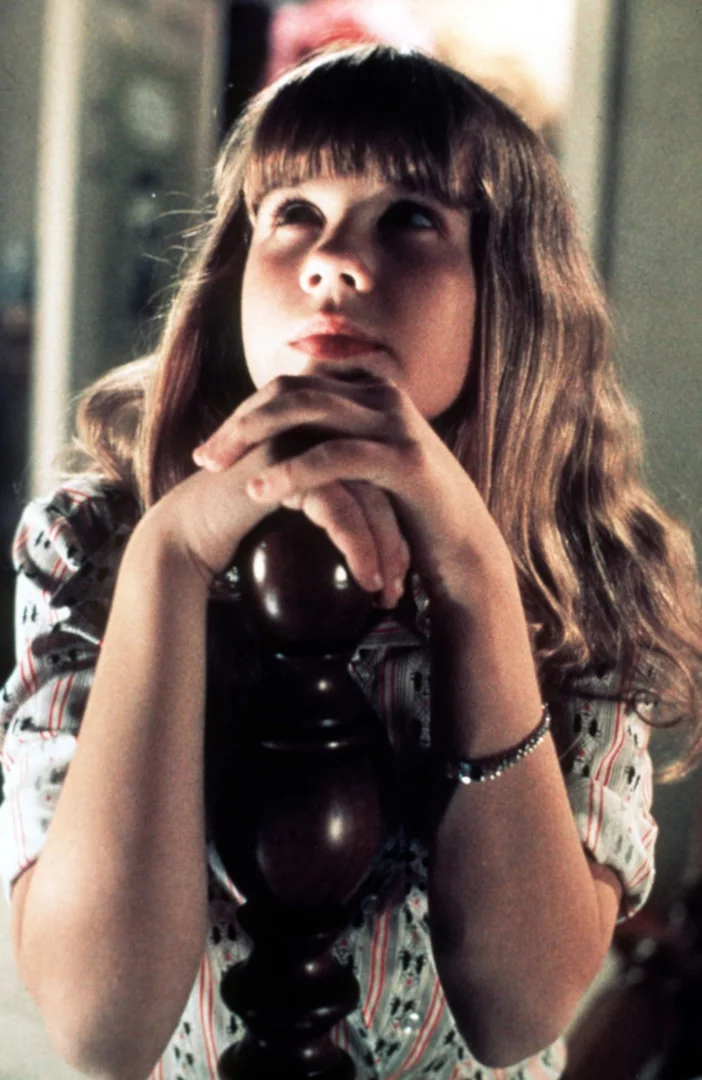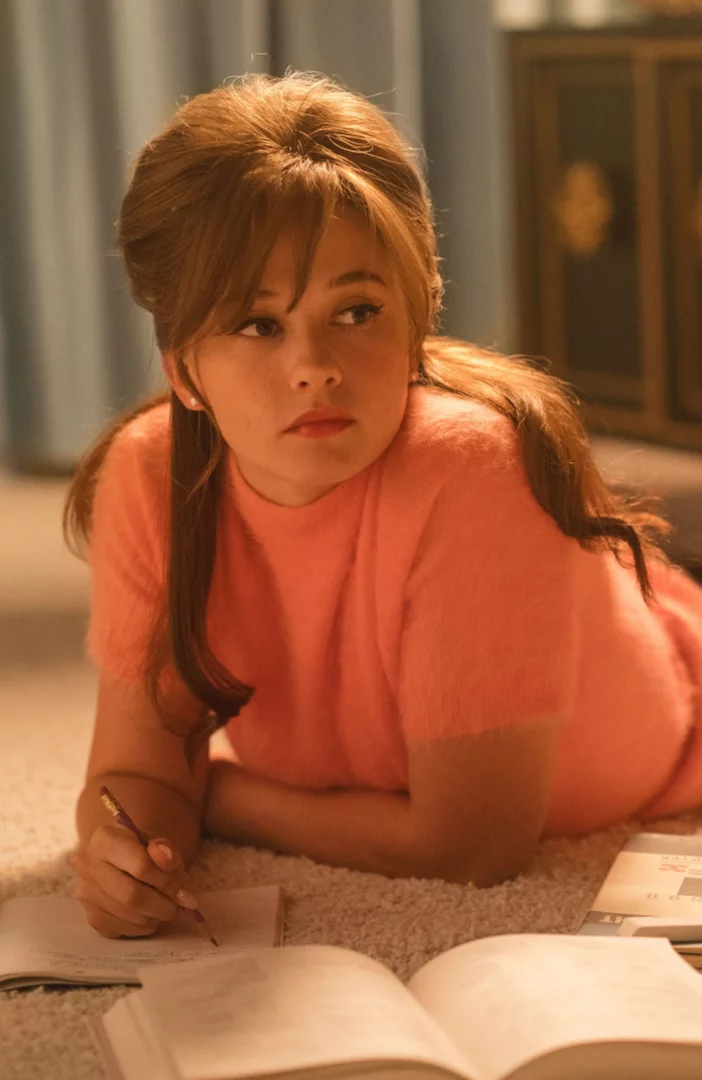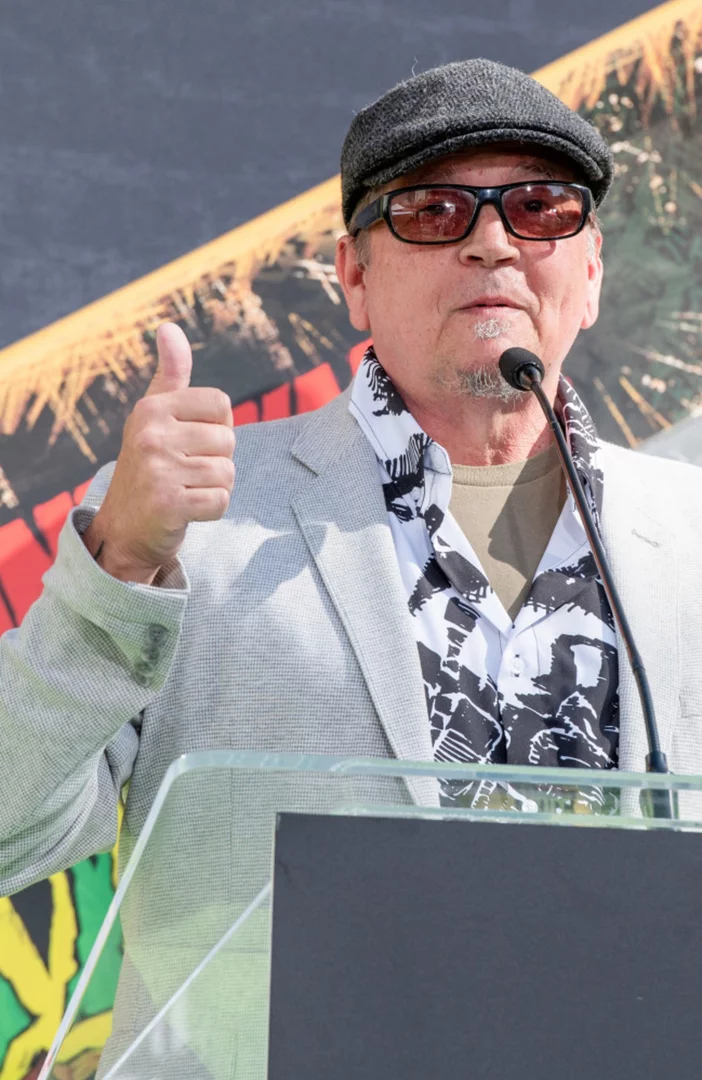We—and by “we” we mean the internet—love to complain about remakes, but taking a stab at a movie someone already made is a tradition that stretches back to the formative days of horror cinema. The classic 1939 horror-comedy The Cat and the Canary was a remake of the 1927 silent film of the same name, and Victor Fleming’s 1941 Dr. Jekyll and Mr. Hyde was essentially a remake of a 1931 adaptation.
Some horror remakes are so widely celebrated that you don’t need anyone to tell you how good they are at this point—we’re thinking of John Carpenter’s The Thing (1982), David Cronenberg’s The Fly (1986), and Philip Kaufman’s 1978 remake of Invasion of the Body Snatchers. But there are other horror remakes that, even if they don’t entirely surpass the original, bring enough to the table to earn a spot on your horror viewing list.
1. Black Christmas (2019)
We’re wading into controversial territory right off the bat here, as Bob Clark’s 1974 original is beloved by horror enthusiasts, and this version is decidedly not. But we think director Sophia Takal’s film deserves another look for having the guts to completely abandon the longstanding tradition of weaving political subtext into a horror movie.
In 2019’s Black Christmas, about a group of sorority sisters being menaced by a masked killer, the sociopolitical commentary is the text—there’s nothing “sub” (or subtle) about it. Takal and co-writer April Wolfe are mad as hell about rape culture and campus politics, and they invite the viewer to be mad as hell right along with them. This second remake—the less said about the 2006 version, the better—doesn’t exactly stick the landing with its sharp turn into supernatural territory, but it’s a serviceable, entertaining slasher that didn’t deserve the icy reception it got from critics and horror fans alike when it was initially released.
2. The Crazies (2010)
After failing to make much of an impression with the 1971 romantic satire There’s Always Vanilla and the psychological drama Season of the Witch (1974), Night of the Living Dead director George A. Romero returned to horror in 1973 with The Crazies, about a small town accidentally contaminated with a biological weapon that turns people into homicidal maniacs (which is a pretty weird choice as far as biological weapons go, but whatever).
It got the remake treatment in 2010 courtesy of director Breck Eisner, who traded the original’s scruffy, lo-fi vibe for slick makeup effects, well-executed, suspenseful set pieces, and the thousand-watt charm of a (barely) pre-Justified Timothy Olyphant. Eisner would go on to direct the 2015 Vin Diesel vehicle The Last Witch Hunter, which ... was definitely a movie that got made.
3. Suspiria (2018)
Italian director Luca Guadagnino followed up his controversial coming-of-age romance Call Me by Your Name (2017) with a blood-soaked, utterly mesmerizing remake of Dario Argento’s 1977 masterpiece.
Argento’s film, about an American dancer who attends a German dance school that happens to be run by a coven of murderous witches, came in at a tight 99 minutes. But Guadagnino’s heftier version is 152 minutes of relentless dread punctuated by show-stopping body horror and a jaw-droppingly grisly Grand Guignol finish that you’ll never forget. Dakota Johnson, Chloë Grace Moretz, and horror-queen-in-waiting Mia Goth are uniformly excellent as three of the school’s students, but Tilda Swinton predictably overshadows everyone around her. We’ll leave it up to you to decide which of her three characters—the school’s head choreographer, the coven’s aging leader, or a male psychotherapist who is drawn into the school’s orbit—is the biggest scene stealer.
4. House of Wax (1953)
It might be a little unfair to compare André De Toth’s House of Wax to 1933’s Mystery of the Wax Museum, the latter of which was helmed by Casablanca and White Christmas director Michael Curtiz. Curtiz’s film skews more toward mystery than horror, while De Toth turned Vincent Price into horror royalty by casting him as Professor Henry Jarrod, a murderer who encases his victims in wax and turns them into exhibits in his museum.
With House of Wax, Warner Bros. became the first major studio to make a 3D film; ironically, De Toth only had one eye and couldn’t see the effect he helped pioneer.
5. The Blob (1988)
Director Chuck Russell made back-to-back cult classics with 1987’s A Nightmare on Elm Street 3: Dream Warriors and the following year’s remake of The Blob (1958). The original is something of an anomaly for mid-century drive-in fare; it’s well-acted and genuinely suspenseful, and its teen characters are smart and sympathetic. All of that holds true for Russell’s remake, which adds terrific practical effects and gore to the mix. It also injects heaping doses of paranoia by turning the gelatinous flesh-eater into a government experiment rather than an alien lifeform. Once you know it was co-written by Frank Darabont, it’s not hard to see his narrative fingerprints all over it.
6. The Woman in Black (2012)
The Woman in Black made its screen debut as a first-rate British TV movie scripted by legendary writer Nigel Kneale of The Stone Tape and Quatermass fame. Based on Susan Hill’s 1983 Gothic novel of the same name, the tale terrified countless Britons when it was first aired on Christmas Eve 1989, but it was rarely seen after that.
Horror fans owe a debt, then, to James Watkins’s 2012 remake, which was co-produced by Hammer Films. Not only is it a solid, beautifully shot ghost story in its own right, but it’s solely responsible for making the original TV film available to new generations. When the remake became the most successful British horror film in history, the beloved 1989 version was finally restored and released on DVD and streaming platforms.
7. Nosferatu the Vampyre (1979)
More than a century after it was released, F.W. Murnau’s Nosferatu: A Symphony of Horror—an unauthorized adaptation of Dracula that was nearly litigated out of existence by Bram Stoker’s widow—still stands as one of the best vampire movies ever made.
Werner Herzog’s reimagining, then, is less concerned with improving on Murnau’s near-flawless vision than with paying tribute to a cinematic and genre milestone. Klaus Kinski’s performance as the bald, bat-eared title character rivals Max Schreck’s, which is saying a lot. Herzog’s film serves as an exercise in simmering dread, hewing closely to Stoker’s novel and fleshing out beats that were glossed over in Murnau’s much shorter film. The bar is indeed high for The Witch director Robert Eggers’ upcoming remake, which features It’s Bill Skarsgård (a.k.a. Pennywise) as the Count.
8. Silent House (2011)
Chris Kentis and Laura Lau scored an enormous hit in 2003 with the indie shark-thriller Open Water before languishing in development hell with assorted projects for the next eight years. They finally returned in 2011 with Silent House, about a young woman (played by Elizabeth Olsen) who uncovers horrific secrets when she returns to her family’s old vacation home.
It’s a remake of the creepy 2010 Uruguayan shocker La Casa Muda, which is notable for being presented as one continuous take. Kentis and Lau repeated that conceit, constructing their film from a series of 12-minute takes and cleverly concealed cuts. The long takes ramp up the tension, but mostly they’re a showcase for a truly impressive performance by Olsen.
9. Slumber Party Massacre (2021)
Ignore the title; 1982’s The Slumber Party Massacre (plot synopsis: see title) is both a sturdy slasher film and a terrific send-up of the first teen-slasher cycle, full of characters you’d actually want on your side if you were being pursued by a deranged psychopath with a huge power drill.
Just because it wasn’t crying out for a remake doesn’t mean the remake isn’t welcome; director Danishka Esterhazy and writer Suzanne Keilly updated the film for 21st century sensibilities without losing the lo-fi charm of the original. Fans of the original will appreciate Esterhazy and Keilly’s obvious affection and respect for Amy Holden Jones’ groundbreaking classic, but the pair add plenty of their own ideas to the mix.
10. The Hills Have Eyes (2006)
After making a spectacularly bloody splash with 2003’s Haute Tension, French director Alexandre Aja was hand-picked by Wes Craven to remake his 1977 cult classic. Aja tackled the story of a family besieged by a clan of mutant cannibals in a decidedly different way than Craven did; Craven got plenty of mileage out of subverting American ideals of the nuclear family, but Aja’s relentlessly savage remake arrived just five years after 9/11 and revels in the brutal revenge its survivors take on their attackers.
It’s hard to call the remake entertaining—the mid-point RV attack remains one of the most grueling sequences to ever appear in a Hollywood film—but there’s something undeniably cathartic about the eventual turning of the tables in the movie.
11. Cat People (1982)
The Val Lewton-produced original was directed by French B-movie master Jacques Tourneur, who would go on to make the drop-dead fantastic Night of the Demon in 1957. Tourneur’s film about a woman who might be a werecat is a study in subtlety and sinister atmosphere, featuring stalking sequences that stand to this day as some of the finest ever shot.
Taxi Driver screenwriter Paul Schrader directed the remake, which trades restraint for buckets of gore and whatever unit of measurement works for sex and nudity. Seductive performances by Malcolm McDowell and Nastassja Kinski and a now-classic score by legendary electronic music pioneer Giorgio Moroder seal the deal on Schrader’s vision, which involves a clan of werepanthers who control their affliction by committing incest. (Just go with it.)
Black panthers are apparently not very good at taking direction, so for some scenes, the filmmakers just dyed a more cooperative mountain lion black (as well as a less cooperative a Chinese leopard) and called it a day.
12. Willard (2003)
If ever an actor were born to play a particular role, it’s Crispin Glover and his depiction of the much-abused, rat-loving weirdo Willard Stiles. Thanks in large part to Glover’s mesmerizing performance, Daniel Mann’s 1971 film about a friendless outcast who commands an army of killer rats gets a major upgrade with Glen Morgan’s dread-drenched, 2003 remake, Willard.
Even if you don’t know Morgan’s name, that’s okay—he’s still probably given you nightmares, as he co-wrote two of The X-Files’ most horrifying episodes: 1993’s “Squeeze” and 1996’s “Home,” which was so disturbing we need to go have a lie-down after typing the title.
13. The Town That Dreaded Sundown (2014)
Charles B. Pierce is better known for the 1972 pseudo-documentary The Legend of Boggy Creek, about Arkansas’ famous Fouke Monster. Four years later, he made The Town That Dreaded Sundown, a grimy slasher film inspired by the Texarkana Moonlight Murders of 1946.
The film is so beloved in Texarkana that the town’s Parks and Recreation Department has screened it as part of its “Movies in the Park” series, in case the whole family wants to snuggle up on a picnic blanket and watch someone get tied to a tree and stabbed to death with a knife affixed to a trombone slide. Texas-born director Alfonso Gomez-Rejon’s remake-slash-sequel was scripted by future Chilling Adventures of Sabrina and Riverdale showrunner Roberto Aguirre-Sacasa, so it’s not surprising that this version is a trip down a metafictional rabbit hole that deconstructs its source material in mostly clever ways. For the best experience, watch them back-to-back.
This article was originally published on www.mentalfloss.com as 13 Great Horror Remakes That Stand Up to the Original .

